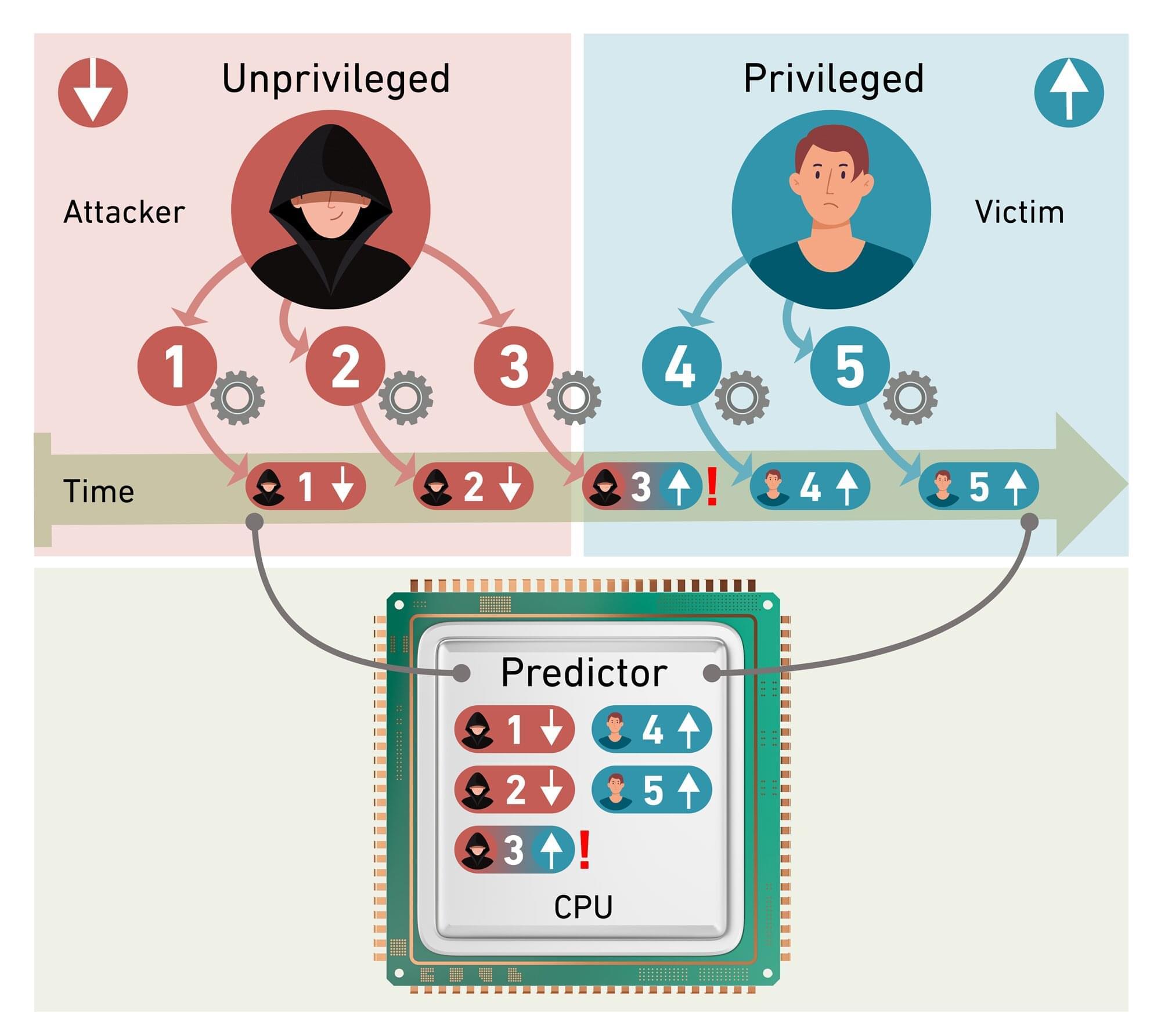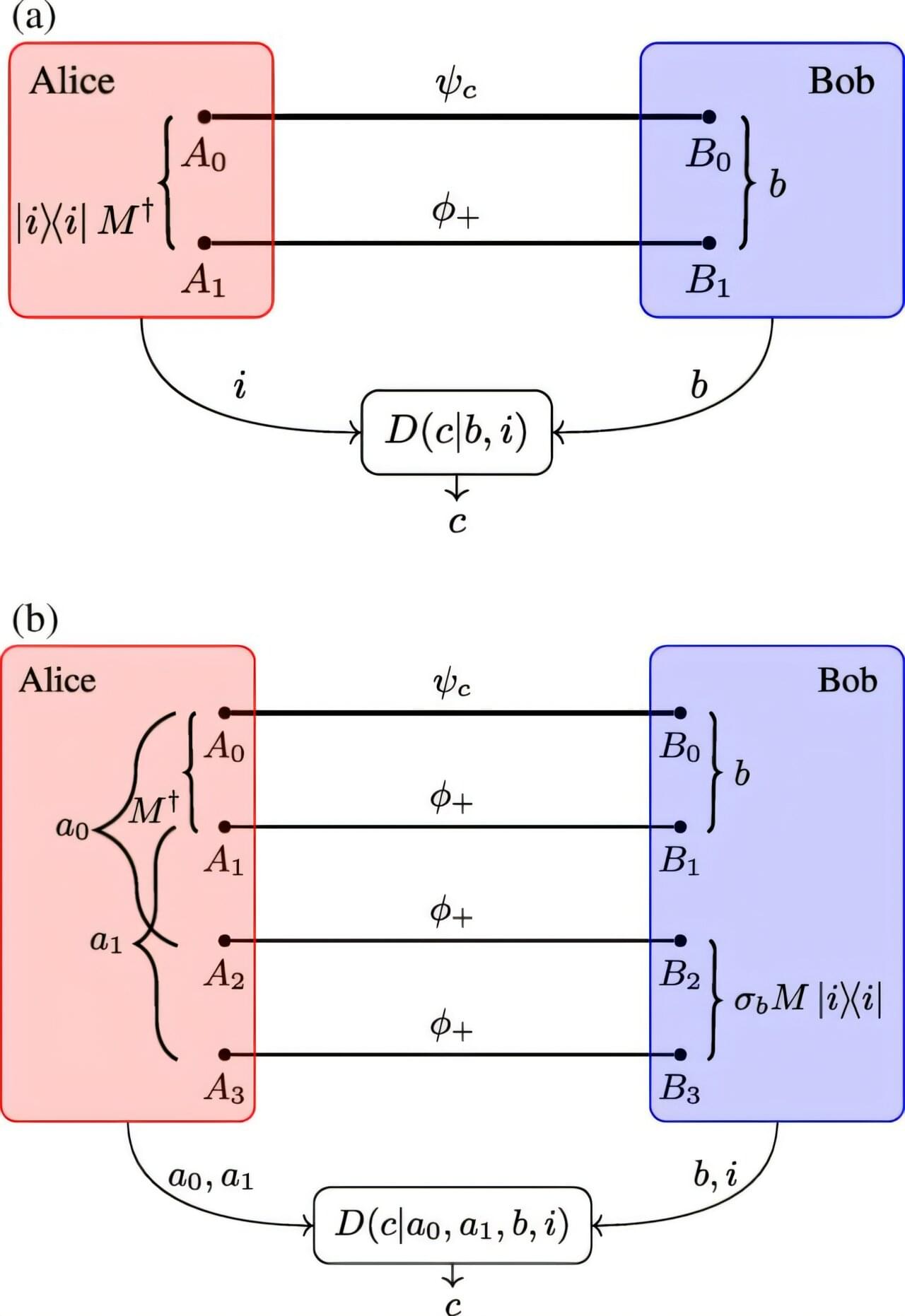Scientists have transformed light into a supersolid for the first time, unlocking new possibilities in quantum physics, computing, and futuristic technologies



As demand surges for batteries that store more energy and last longer—powering electric vehicles, drones, and energy storage systems—a team of South Korean researchers has introduced an approach to overcome a major limitation of conventional lithium-ion batteries (LIBs): unstable interfaces between electrodes and electrolytes.
Most of today’s consumer electronics—such as smartphones and laptops—rely on graphite-based batteries. While graphite offers long-term stability, it falls short in energy capacity.
Silicon, by contrast, can store nearly 10 times more lithium ions, making it a promising next-generation anode material. However, silicon’s main drawback is its dramatic volume expansion and contraction during charge and discharge, swelling up to three times its original size.


While some quantum computing companies push to demonstrate near-term commercial value, Rigetti Computing is taking a different approach. The company has identified specific technical milestones it said must be achieved before quantum systems can deliver meaningful business results, including 99.9% fidelity, 20-nanosecond gate speeds and real-time error correction.
In an interview we conducted at The Economist Commercializing Quantum event, Rigetti CEO Subodh Kulkarni outlined how the company’s novel chiplet-based architecture could help scale systems to 10,000 qubits, while also revealing an intriguing potential role for quantum computing in advancing artificial general intelligence.
Enter Quantum: What’s your take on the debate between return on investment versus technical capability in quantum computing?

A scientist from Tokyo Metropolitan University has solved the longstanding problem of a “dissonance” in gravitational waves emitted by a black hole.
Using high precision computing and a new theoretical physics framework, it was discovered that it was caused by a resonance between a pair of distinctive “modes” i.e. different ways in which a black hole can “ring.” The phenomenon offers new insights into the nascent field of black hole spectroscopy.
The research is published in the journal Physical Review Letters.

Anyone who speculates on likely events ahead of time and prepares accordingly can react quicker to new developments. What practically every person does every day, consciously or unconsciously, is also used by modern computer processors to speed up the execution of programs. They have so-called speculative technologies which allow them to execute instructions on reserve that experience suggests are likely to come next. Anticipating individual computing steps accelerates the overall processing of information.
However, what boosts computer performance in normal operation can also open up a backdoor for hackers, as recent research by computer scientists from the Computer Security Group (COMSEC) at the Department of Information Technology and Electrical Engineering at ETH Zurich shows.
The computer scientists have discovered a new class of vulnerabilities that can be exploited to misuse the prediction calculations of the CPU (central processing unit) in order to gain unauthorized access to information from other processor users. They will present their paper at the 34th USENIX Security Symposium (USENIX 2025), to be held August 13–15, 2025, in Seattle.

As more data is archived digitally, the inherent fragility of bits remains a pressing issue. The answer may lie in ceramics. Western Digital has invested in Cerabyte, a company developing a groundbreaking storage technology designed to preserve data reliably for millennia.
Cerabyte’s technology stores digital data on ceramic nanolayers, using lasers to etch QR code-like matrices representing bits. Ceramics, known for their resistance to corrosion and extreme heat, have endured for millennia. The German startup claims its storage method could preserve digital data for over 5,000 years.
Cerabyte recently demonstrated its technology’s durability by heating a prototype storage medium to 250°C in an oven. Both the medium and the archived data emerged unscathed. The company stated its ceramic-based solution could meet the rising demand for long-term data storage platforms.


We have long taken it for granted that gravity is one of the basic forces of nature – one of the invisible threads that keeps the universe stitched together. But suppose that this is not true. Suppose the law of gravity is simply an echo of something more fundamental: a byproduct of the universe operating under a computer-like code.
That is the premise of my latest research, published in the journal AIP Advances. It suggests that gravity is not a mysterious force that attracts objects towards one another, but the product of an informational law of nature that I call the second law of infodynamics.
It is a notion that seems like science fiction – but one that is based in physics and evidence that the universe appears to be operating suspiciously like a computer simulation.

But such measurements are notoriously challenging: the instruments used are themselves governed by quantum laws, and their interaction with particles can alter the very properties they are meant to observe.
“The field of quantum measurements is still poorly understood because it has received little attention so far. Until now, research has mainly focused on the states of quantum systems themselves, which feature properties—like entanglement or superposition—that are more directly applicable to areas such as quantum cryptography or quantum computing,” explains Alejandro Pozas Kerstjens, Senior Research and Teaching Assistant in the Department of Applied Physics, Physics Section, at the UNIGE Faculty of Science.